

Notice : Website revision has been completed.
The mineral known as "zeolite" or "zeolites" has many different chemical elements in its composition. In general, zeolites are aluminosilicate minerals that can carry water in their crystalline structure and have the formula M2/nO.Al2O3.xSiO2.yH2O.
Read more : http://www.xmzeolite.com/en/News/industry_news/what-are-zeolite.html
Zeolite molecular sieves are characterized by the following properties:
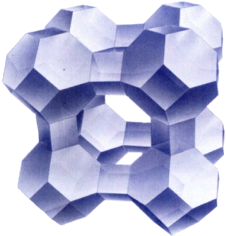 |
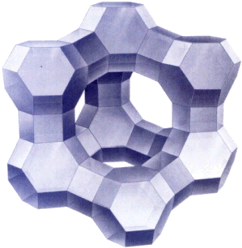 |
| Molecular Sieve Type A | Molecular Sieve Type X |
Due to the presence of alumina, zeolites exhibit a negatively charged framework, which is counter-balanced by positive cations resulting in a strong electrostatic field on the internal surface. These cations can be exchanged to fine-tune the pore size or the adsorption characteristics. For instance, the sodium form of zeolite A has a pore opening of approximately 4 Ångstrom (4 x 10–10 m), called 4A molecular sieve. If the sodium ion is exchanged with the larger potassium ion, the pore opening is reduced to approximately 3 Ångstrom (3A molecular sieve). On ion exchange with calcium, one calcium ion replaces two sodium ions. Thus, the pore opening increases to approximately 5 Ångstrom (5A molecular sieve). Ion exchange with other cations is sometimes used for particular separation purposes.
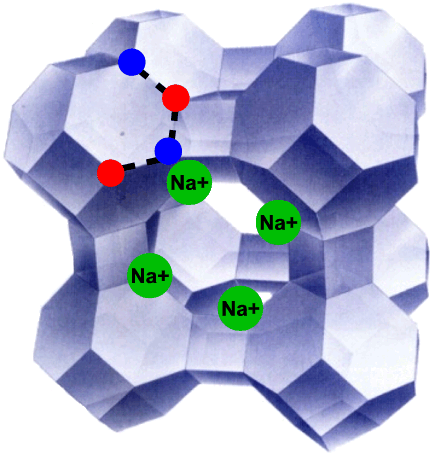 |
| Molecular sieve 4A |
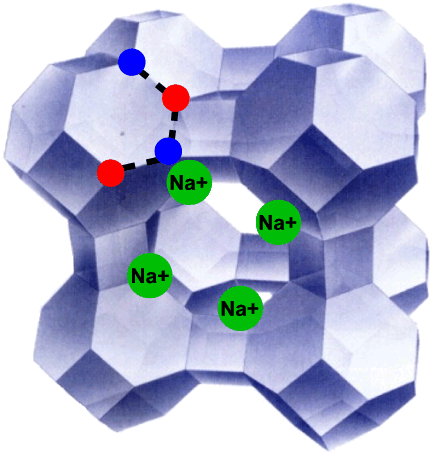 |
| Molecular sieve 3A |
The pore opening of the sodium form of zeolite X (13X) is approximately 8 Ångstrom.
The ability to adjust the pores to precisely determined uniform openings allows for molecules smaller than its pore diameter to be adsorbed whilst excluding larger molecules, hence the name “molecular sieve”. The different pore sizes of synthetic zeolites open up a wide range of possibilities in terms of "sieving" molecules of different size or shape from gases and liquids.
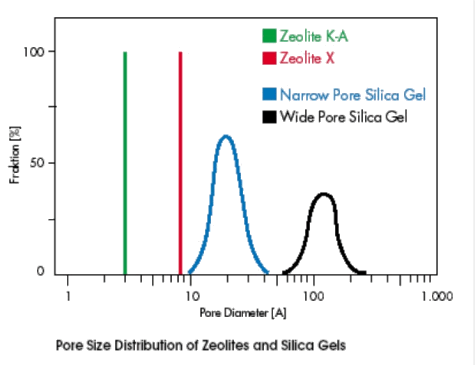
The up-take of water or other species in zeolites is called adsorption and functions on the basis of physisorption. The main driving force for adsorption is the highly polar surface within the pores. This unique characteristic distinguishes zeolites from other commercially available adsorbents, enabling an extremely high adsorption capacity for water and other polar components even at very low concentrations.
In addition, the pore size plays a significant role, allowing or prohibiting the entrance of molecules to the pore system.
The adsorption on molecular sieves is therefore dependent on the following physical molecular properties:
Of note is the high capacity of Zeolite Molecular Sieves even at low water concentration, allowing to dry to very low water contents. The Zeolite molecular sieve can retain its high capacity at high temperature, which makes it the optimal material if drying needs to be carried out at comparatively high temperatures.
The adsorption process is fully reversible and of purely physical nature. The structure of the zeolite stays intact during the adsorption process (and its later regeneration), and dissolution effects like with other drying agents like calcium compounds can not happen.
